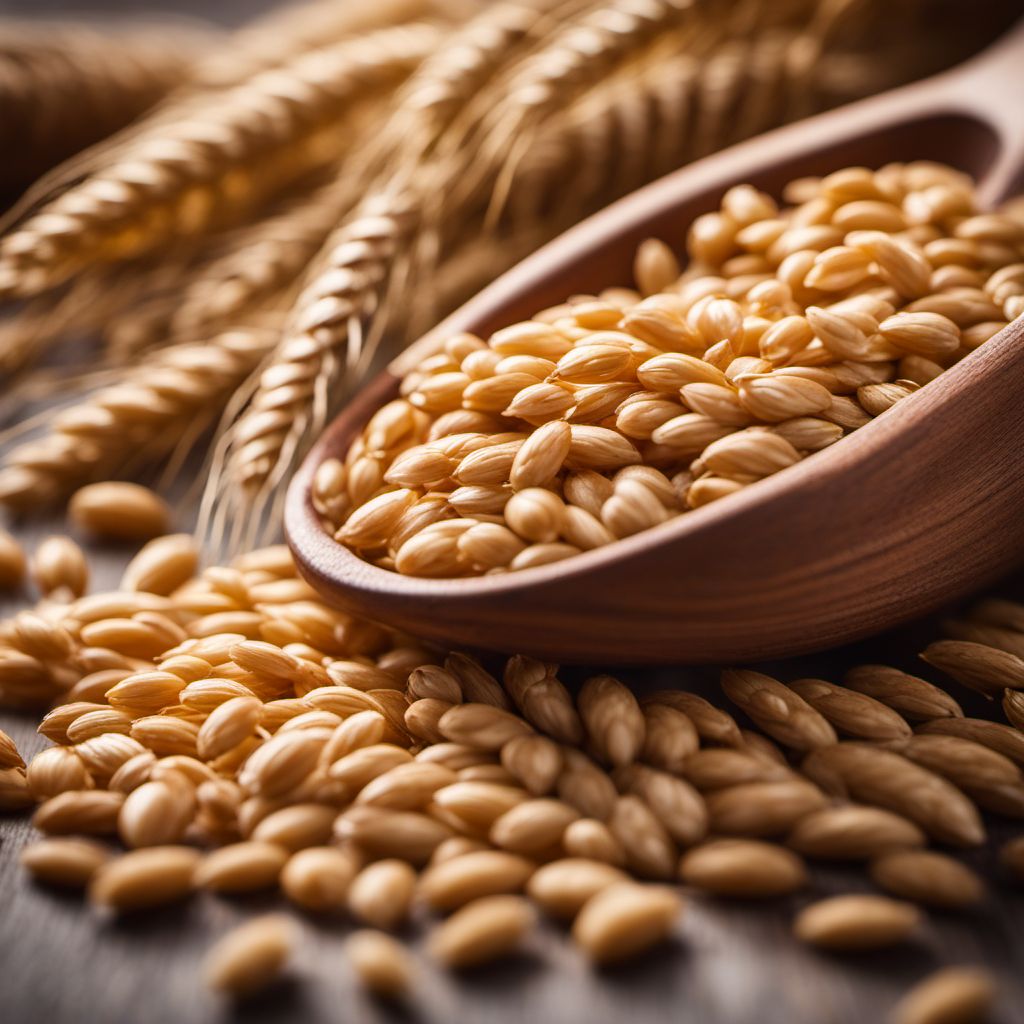
Ingredient
Wheat groats
Versatile Whole Grain
Wheat groats are the whole, unprocessed kernels of wheat grains. They are obtained by removing the outer husk or bran layer, leaving behind the nutrient-rich inner kernel. Wheat groats have a chewy texture and a nutty flavor, similar to other whole grains like barley or farro. They are a versatile ingredient that can be used in a variety of dishes, including salads, soups, pilafs, and breakfast bowls.
Origins and history
Wheat has been cultivated for thousands of years and is one of the oldest domesticated crops. The exact origin of wheat is believed to be in the Fertile Crescent, a region in the Middle East encompassing modern-day Iraq, Syria, and Turkey. Wheat groats have been a staple food in many cultures throughout history, providing a valuable source of sustenance and nutrition. Today, wheat is grown and consumed worldwide, with different varieties and species adapted to various climates and regions.
Nutritional information
Wheat groats are a nutrient-dense ingredient, rich in fiber, protein, vitamins, and minerals. They are particularly high in dietary fiber, which aids in digestion and helps maintain a healthy digestive system. Wheat groats are also a good source of complex carbohydrates, providing sustained energy. Additionally, they contain essential minerals such as iron, magnesium, and zinc. However, it is important to note that wheat groats contain gluten, making them unsuitable for individuals with gluten intolerance or celiac disease.
Allergens
Wheat groats contain gluten, a protein found in wheat and other grains, which can cause adverse reactions in individuals with gluten intolerance or celiac disease. It is important to avoid wheat groats if you have these conditions or opt for gluten-free alternatives.
How to select
When selecting wheat groats, look for whole, intact kernels that are free from any signs of moisture or insect damage. They should have a uniform color and a firm texture. Avoid groats that appear discolored or have a rancid smell. It is recommended to purchase wheat groats from reputable brands or sources that specialize in whole grains to ensure quality and freshness.
Storage recommendations
To store wheat groats, keep them in an airtight container in a cool, dry place, such as a pantry or cupboard. Proper storage will help maintain their freshness and prevent them from becoming rancid. Stored correctly, wheat groats can last for up to 1 year. It is advisable to check for any signs of spoilage before using them in recipes.
How to produce
Wheat is primarily grown by farmers on a large scale, but it is possible to grow small quantities of wheat at home. To produce wheat groats, start by planting wheat seeds in well-prepared soil during the appropriate season for your region. Wheat requires full sun and regular watering to grow successfully. Harvest the wheat when the grains have fully matured and turned golden brown. Thresh the harvested wheat to separate the grains from the chaff, and then remove the outer husk or bran layer to obtain the wheat groats.
Preparation tips
Wheat groats can be cooked in a similar manner to other whole grains. Rinse the groats under cold water to remove any debris or dust. Then, combine 1 part wheat groats with 2 parts water or broth in a saucepan. Bring to a boil, reduce the heat, and simmer for about 45-60 minutes, or until the groats are tender and have absorbed the liquid. Drain any excess liquid and fluff the groats with a fork. Season with salt or other desired seasonings. Cooked wheat groats can be used as a base for salads, added to soups or stews, or enjoyed as a side dish. They can also be used in baking, ground into flour, or processed into other wheat-based products.
Substitutions
Barley groats, farro, or spelt can be used as substitutes for wheat groats. These grains have similar chewy textures and nutty flavors, making them suitable alternatives in recipes. However, keep in mind that each grain may have slight differences in cooking times and water ratios, so adjustments may be needed when substituting.
Culinary uses
Wheat groats are a versatile whole grain that can be used in a variety of culinary applications. They can be cooked and used as a base for salads, added to soups or stews for added texture, or enjoyed as a side dish. Wheat groats can also be ground into flour and used in baking, or processed into other wheat-based products like pasta or bread. They are a nutritious and wholesome ingredient that adds depth and flavor to dishes.
Availability
Wheat is cultivated and consumed worldwide, making wheat groats widely available in most regions. They can be found in grocery stores, health food stores, and online retailers that specialize in whole grains or natural foods.
More ingredients from this category

Rye groats
The Nutty Grain: Rye Groats

Bulgur
"The Nutrient-Rich Grain: Bulgur - A Staple in Middle Eastern Cuisine"
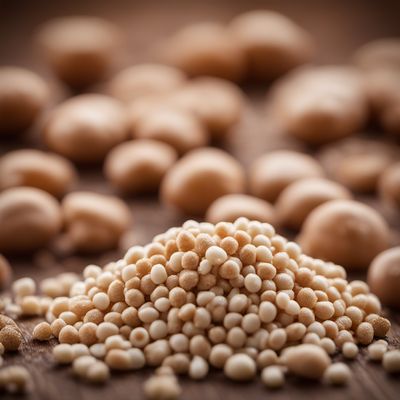
Buckwheat groats
The Nutritional Powerhouse: Buckwheat Groats

Barley groats
The Versatile Grain: Barley Groats

Millet groats
Millet Groats: A Nutritious Ancient Grain

Oat groats
The Wholesome Grain Powerhouse
Recipes using Wheat groats » Browse all
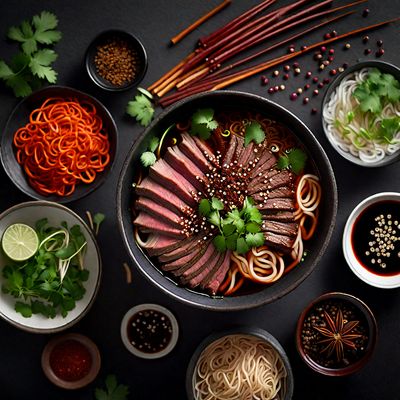
Chinese-style Beef Noodle Soup
Savory and Spicy Beef Noodle Soup: A Chinese Delight

Basque-inspired Haleem
Basque-infused Haleem: A Fusion of Flavors

Midwestern American Aşure - A Hearty and Nutritious Dessert
Harvest Delight: Midwestern American Aşure - A Wholesome Medley of Flavors

Chilean Wheat Stew
Hearty And Nutritious Chilean Wheat Stew

Ukrainian Honey and Wheat Berry Pudding
Golden Delight: A Sweet Celebration of Ukrainian Cuisine

Pastiera di Grano - Italian Easter Pie
Heavenly Delight: Pastiera di Grano - A Sweet Italian Easter Tradition

Circassian Harees with a Twist
Savory Circassian Harees: A Fusion of Flavors

Kavut - Turkish Roasted Wheat Dessert
Golden Delight: A Nutty Turkish Roasted Wheat Dessert
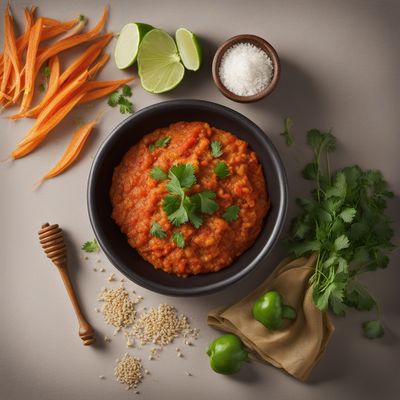
Hazaragi-style Kinche
Hearty Hazaragi Kinche: A Nutritious Delight from the Mountains
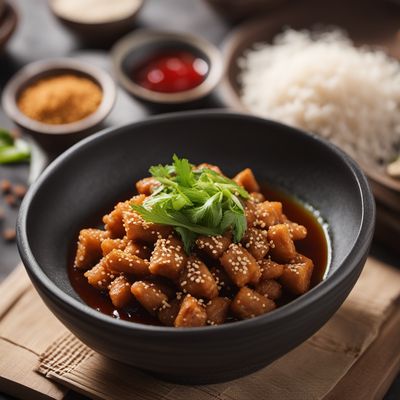
Homemade Zhaliang with Sesame Sauce
Savory Rice Noodle Rolls with Irresistible Sesame Sauce

Spicy Shredded Pork Noodles
Fiery Noodles of Szechuan Delight

Greek Koliva Recipe
Heavenly Harvest: Greek Koliva Recipe